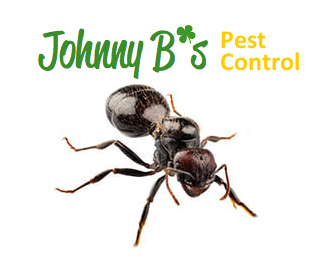It is not uncommon for non-native insects to arrive in foreign lands. Since international travel is the norm in this modern globalized world, the global spread of invasive species is also the norm. Today, a variety of animals are being introduced into environments where they are not native. For an animal species to become invasive, it has to do more than just relocate to an entirely new ecosystem, it also has to survive by capitalizing on a foreign ecosystem’s natural resources. In other words, invasive species use up all of the resources that native species depend on for their survival. This, of course, leads to species extinctions. Much of the time, a non-native species will not be able to survive within a foreign ecosystem because its normal food sources will not be available. If non-native species do locate food, they are still likely to be killed by predatory animals before they gain a foothold within a foreign ecosystem.
Surviving within foreign environments is a pretty tall order for most types of animals. However, some animals thrive within non-native environments, which makes them invasive. Rapid sexual reproduction is often the case with invasive insects as their natural predators are no longer around to hold their populations in check. Without enacting pest control measures, the environmental harm caused by invasive species only grows.
In Australia in 1935, the government had become fed-up with the amount of economic disasters that were caused by destructive crop pests. This crop pest was actually a native species of beetle in the island country. After much brainstorming, researchers decided to release vast amounts of non-native toads onto areas of beetle-infested cropland. The toads had a natural taste for hunting and eating the beetle pests, so the researchers did not doubt that their plan would work.
Unfortunately the beetles still remain in Australia today, and so do the toads. However, now the toads are considered far more damaging than the beetle pests. In order to restore balance to the natural environment, researchers will once again release a predatory animal into the Australian environment so that the troublesome toads can be eradicated. The predatory toad-hunter soon to be released is actually a native Australian ant species. The meat ant was chosen as a form of biological control due to their ability to kill the much hated and destructive toad species. Hopefully, this latest effort at biological pest control will not become the massive failure that the first attempt proved to be. However, if it does work, then what are they going to do about those beetles?
Do you think that introducing a high concentration of predatory insects into Australian crops will successfully eradicate the troublesome toad species? Will this latest attempt at biocontrol become yet another failure?
Stay up to date with Johnny B’s Social Media Pages!

